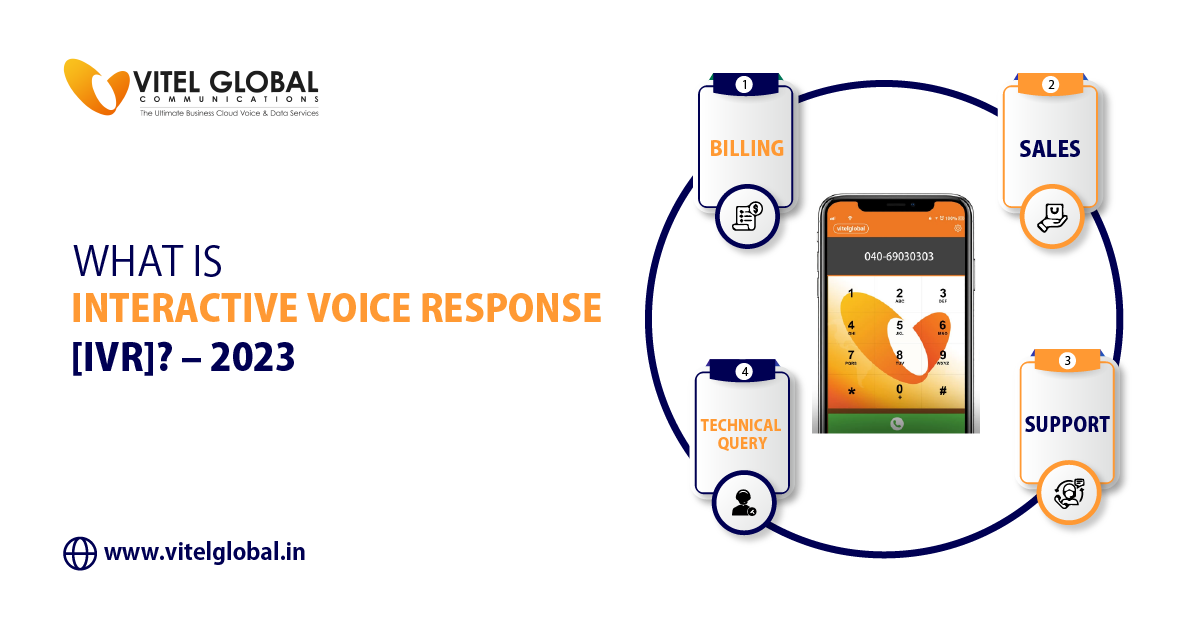The art of storytelling has become increasingly important in today’s dynamic marketing environment, as customers went under with information from all directions. It may help establish businesses and create strong emotional bonds with target audiences. By crafting stories that connect with the feelings and experiences of their target market, businesses can humanize their brand and go beyond just selling goods and services. We will examine the importance of narrating in this blog, showing how it goes beyond conventional marketing strategy and is essential to creating a brand’s identity and deepening relationships.
The Power of Narrative: Why Storytelling Matters
It has the power to resonate deeply and emotionally with viewers, reaching beyond the limitations of traditional marketing. By humanizing a brand’s identity, narration makes it relevant and encourages a real relationship. Authentic storylines that are based on a brand’s heritage and core values help it stand out in a crowded market and gain consumers’ trust. In addition, it is a potent differentiating tactic that creates a unique and unforgettable brand that affects consumers’ thoughts and choices. Narrating by drawing on the universal aspects of the human condition. It serves as a stimulant for brand loyalty, audience engagement, and the development of a strong emotional bond. The reasons why narrative is so important are addressed in the following.
Humanizing Brands
The art of storytelling possesses the unique ability to transform brands from faceless entities into relatable personalities. By weaving narratives that reflect human experiences, challenges, and triumphs, brands can establish a genuine connection with their audience. Consequently, when consumers see a brand as more than just a provider of products or services, loyalty and emotional engagement are built. Through the shared experience of a common narrative, brands become ingrained in the hearts and minds of their audience.
Creating Authenticity
Authenticity is the currency of trust in the modern market. It allows brands to showcase their values, origins, and the people behind the scenes. Consumers are drawn to authentic descriptions and value their honesty and sincerity. This authenticity not only builds trust but also distinguishes a brand from its competitors.
Differentiating in a Saturated Market
In a world saturated with options, standing out is essential. Effective telling story sets a brand apart by creating a unique and memorable identity. A compelling story becomes a key differentiator, influencing consumers’ perceptions and choices. Whether it’s through the brand’s history, mission, or the narrative behind a specific product, it provides a competitive edge.
Crafting a Compelling Brand Narrative
The art of creating a captivating brand story requires a thorough comprehension of the target market as well as a precise statement of the company’s mission. Understanding the needs, goals, and obstacles of the target audience is the first step in creating a description that appeals to consumers on a human level. A meaningful and genuine story can be built on the foundation of defining the brand’s purpose beyond profit. Brands may create an engaging and empowering storyline by framing their story around the hero’s journey and placing their audience as the protagonist. By utilizing a variety of platforms, the brand’s identity is reinforced and a relationship. That transcends transactions is fostering, ensuring that the story reaches a wide audience. Moreover, the process of creating a compelling brand story is dynamic and always changing to align with the demands of the market and changing consumer expectations. Let’s examine a few crucial concerns.
Know Your Audience
Understanding the target audience is the foundation of the art of narrating. By identifying their needs, aspirations, and pain points, brands can tailor stories that resonate deeply with consumers. This targeted approach ensures that the story speaks directly to the audience’s values and emotions.
Define Your Brand’s Purpose
A brand’s purpose goes beyond profit; it embodies the reason for its existence. Developing an engaging story around the brand’s objective assists in creating a connection and a feeling of mission with customers who have similar values. This purpose-driven telling story instils a sense of meaning in the minds of the audience.
Create a Hero’s Journey
Borrowing from the classic hero’s journey archetype, brands can structure their stories around challenges, growth, and triumphs. Positioning the consumer as the hero who overcomes obstacles with the brand’s assistance creates a powerful and relatable storyline. It is not only captivates the audience but also instils a sense of empowerment.
Utilize Multiple Platforms
The art of storytelling is not confining to a single medium. Instead, brands can leverage a variety of platforms, including social media, blogs, videos, and podcasts, to tell their stories. Diversifying the channels through which stories are sharing ensures a broader reach and engages audiences across different preferences.
Measuring the Impact of the Art of Storytelling: Metrics and Analytics
A business plan must be include a review of narrative effectiveness, which includes the use of a number of statistics and data. Metrics of engagement like likes, shares, comments, and total interaction reveal how effectively the story connects with the viewer. A brand’s general sentiment can be ascertained through brand sentiment research, which looks at customer experience and social media mentions. Conversion rates are important measures of how narrating affects customer behavior, such as newsletter sign-ups and purchase decisions. Tracking brand awareness and recollection also yields useful information about how well the narrative remains in the audience’s memory. Brands may use contact center solutions and analytics to measure the effect and performance of their telling story initiatives. Now, it makes modifications and continual development possible. Let’s look at some metrics and analytics given below.
Engagement Metrics
Track audience engagement through likes, shares, comments, and overall interaction with telling story content. High engagement indicates that the narrative is resonating with the audience and generating interest.
Brand Sentiment Analysis
Analyze social media mentions, reviews, and customer feedback to gauge the sentiment around the brand. In doing so, positive sentiment indicates that the brand narrative is contributing to a favourable perception.
Conversion Rates
Measure how storytelling influences conversion rates. Whether it’s signing up for newsletters, making purchases, or participating in campaigns, a positive impact on conversion rates signifies effective storytelling.
Brand Recognition and Recall
Assess the brand’s recognition and recall among consumers. Furthermore, effective storytelling enhances brand recall, making it more likely that consumers remember and choose the brand over competitors.







